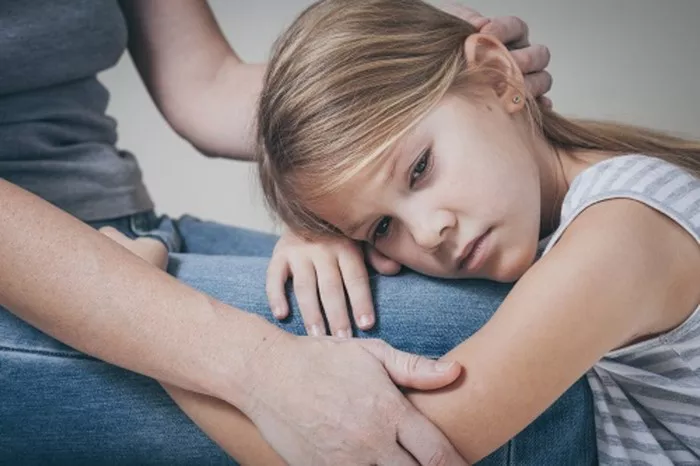Bipolar II disorder, a subtype of bipolar disorder, is characterized by cycles of depressive and hypomanic episodes. While bipolar I disorder involves full-blown manic episodes, bipolar II individuals experience less severe hypomanic episodes, making it challenging to recognize the condition. Understanding how people with bipolar II act is crucial for early detection, effective management, and providing support. This article delves into the behaviors and characteristics associated with bipolar II disorder.
1. The Spectrum of Mood Swings: Depressive Episodes
Individuals with bipolar II disorder often spend more time in the depressive phase than in hypomania. During depressive episodes, they may exhibit persistent feelings of sadness, hopelessness, and worthlessness. The energy levels drop significantly, leading to fatigue and lethargy. Sleep disturbances, either insomnia or excessive sleep, are common, along with changes in appetite and weight.
See Also:Bipolar Disorder
It’s important to note that the symptoms of bipolar II depression can be mistaken for major depressive disorder. However, the key distinction lies in the occurrence of hypomanic episodes, which are absent in major depressive disorder.
2. The Energetic Highs: Hypomanic Episodes
Hypomanic episodes in bipolar II disorder are characterized by elevated mood, increased energy, and heightened creativity. However, these periods are less intense than the full-blown mania experienced in bipolar I disorder. Individuals may appear more sociable, talkative, and goal-directed during hypomania.
Interestingly, the increased energy may lead to engaging in risky behaviors without the awareness of potential consequences. Impulsivity, heightened irritability, and difficulty concentrating are common during hypomanic episodes. While the person may feel more productive, these periods can disrupt daily life and relationships.
3. The Rapid Cycling Phenomenon
A distinctive feature of bipolar II disorder is rapid cycling, where individuals experience four or more mood episodes within a year. Rapid cycling can make the condition more challenging to manage and often requires specialized treatment. Individuals may switch between depressive and hypomanic episodes more frequently, leading to increased emotional instability.
4. The Impact on Relationships
Living with bipolar II disorder can significantly affect relationships. The drastic mood swings may strain personal and professional connections. During depressive episodes, individuals may withdraw from social activities, isolate themselves, and struggle with expressing emotions. Loved ones may find it challenging to understand the sudden shifts in behavior.
On the other hand, hypomanic episodes can strain relationships due to impulsivity, irritability, and an increased need for stimulation. Recognizing the impact of bipolar II on relationships is crucial for building a support system and fostering understanding among family and friends.
5. Challenges in Occupational Functioning
Bipolar II disorder can pose challenges in occupational functioning. During depressive episodes, individuals may struggle with concentration, leading to decreased productivity. Absenteeism and difficulties in meeting deadlines may arise, impacting career growth.
Hypomanic episodes, while characterized by increased energy and creativity, may lead to impulsive decision-making in the workplace. Individuals may take on more tasks than they can handle, potentially jeopardizing their professional standing. It’s essential for those with bipolar II disorder to communicate openly with employers and seek workplace accommodations if needed.
6. Co-occurring Conditions and Substance Abuse
People with bipolar II disorder often experience co-occurring conditions such as anxiety disorders and substance abuse. Anxiety symptoms may exacerbate during depressive episodes, contributing to a cycle of emotional distress. Additionally, individuals may turn to substances like alcohol or drugs as a way to cope with the extreme mood swings.
Addressing co-occurring conditions is crucial for comprehensive treatment. Integrated approaches that focus on both mood stabilization and managing coexisting disorders can lead to better outcomes for individuals with bipolar II disorder.
7. Seeking Professional Help
Diagnosing bipolar II disorder requires a comprehensive evaluation by a mental health professional. It’s essential to consider the full spectrum of mood episodes, including both hypomanic and depressive phases. A thorough assessment may involve interviews, mood charting, and collaboration with loved ones to gather a complete picture of the individual’s behavior.
Once diagnosed, a combination of psychotherapy and medication is often recommended for managing bipolar II disorder. Mood stabilizers, antipsychotics, and antidepressants may be prescribed to address mood swings and stabilize the individual’s overall mental health.
8. The Role of Psychotherapy
Psychotherapy, particularly cognitive-behavioral therapy (CBT), can be effective in helping individuals manage bipolar II disorder. CBT focuses on identifying and changing negative thought patterns, promoting healthy coping mechanisms, and developing strategies to prevent relapse.
Family therapy may also be beneficial in improving communication and understanding among family members, fostering a supportive environment for individuals with bipolar II disorder.
Conclusion
Understanding how people with bipolar II disorder act is crucial for early intervention and effective management. The diverse spectrum of behaviors, from the lows of depressive episodes to the highs of hypomania, requires a comprehensive approach to treatment. By fostering awareness, providing support, and promoting open communication, we can contribute to a more compassionate and informed community for individuals living with bipolar II disorder. If you or someone you know is struggling with mood swings, seeking professional help is the first step towards a path of stability and improved well-being.
Related Topics:
What Does Undiagnosed Bipolar Look Like in Adults?
How Can I Tell If I’m Bipolar? 4 Common Signs
Why Does Sadness Peak at Night?


